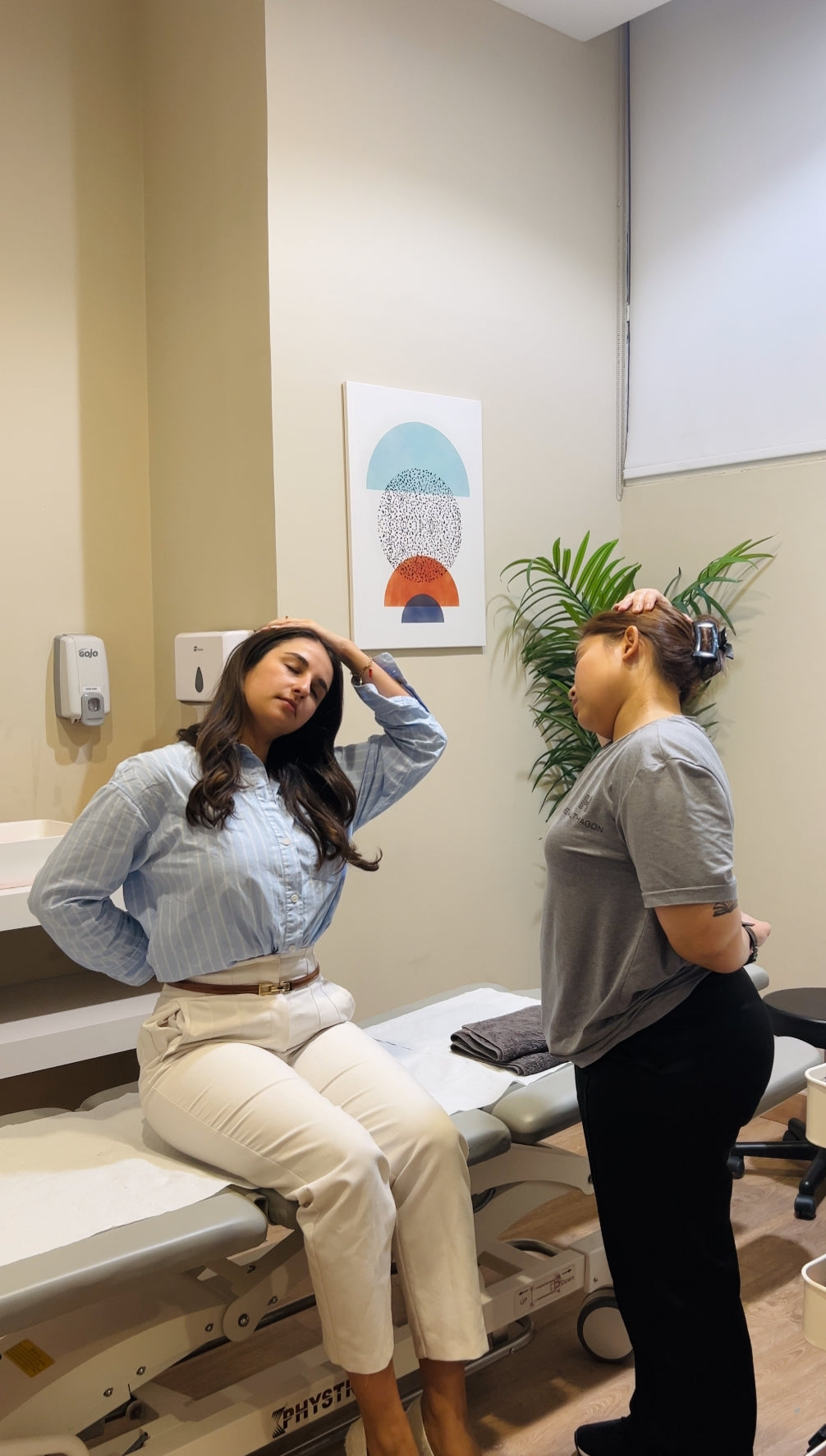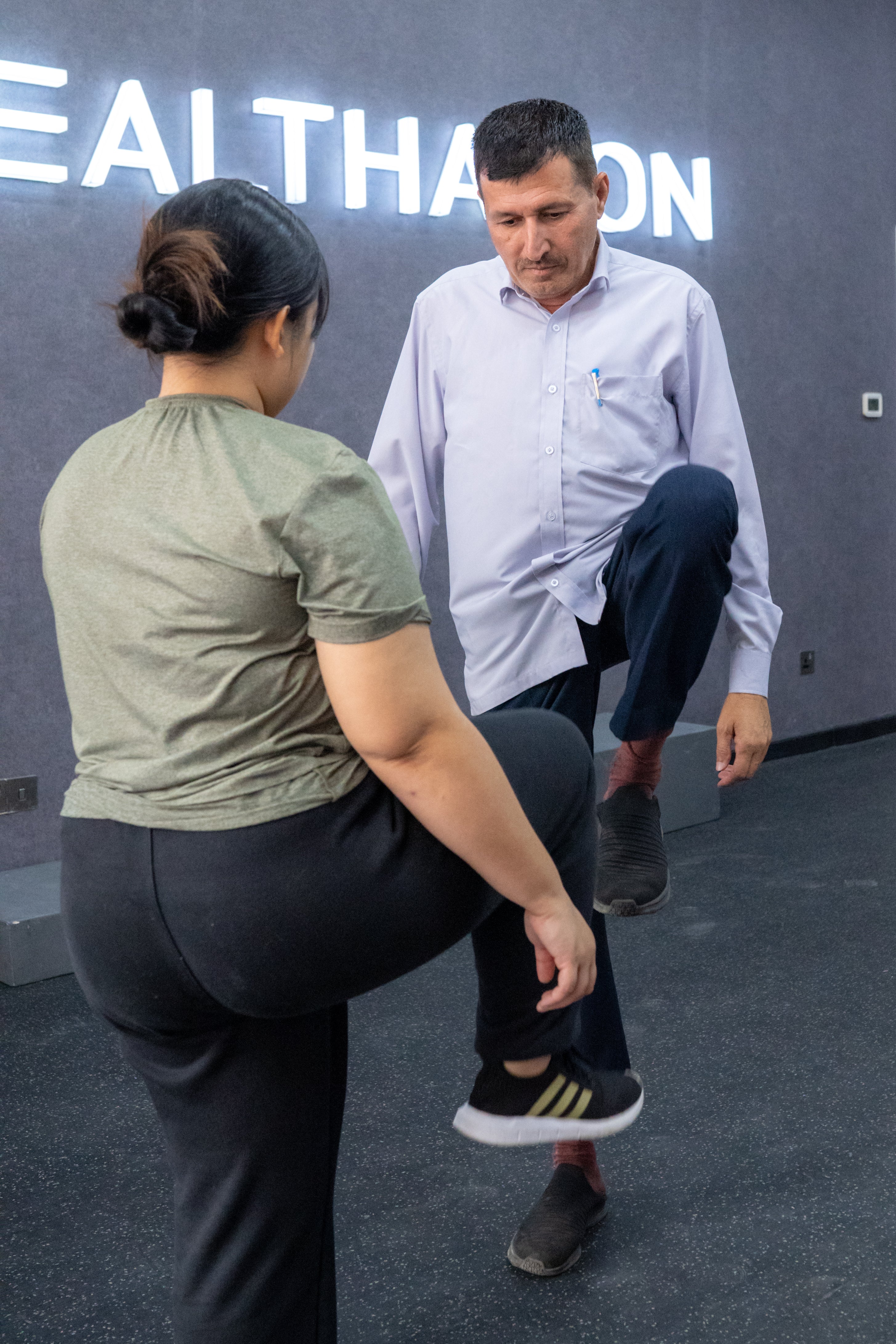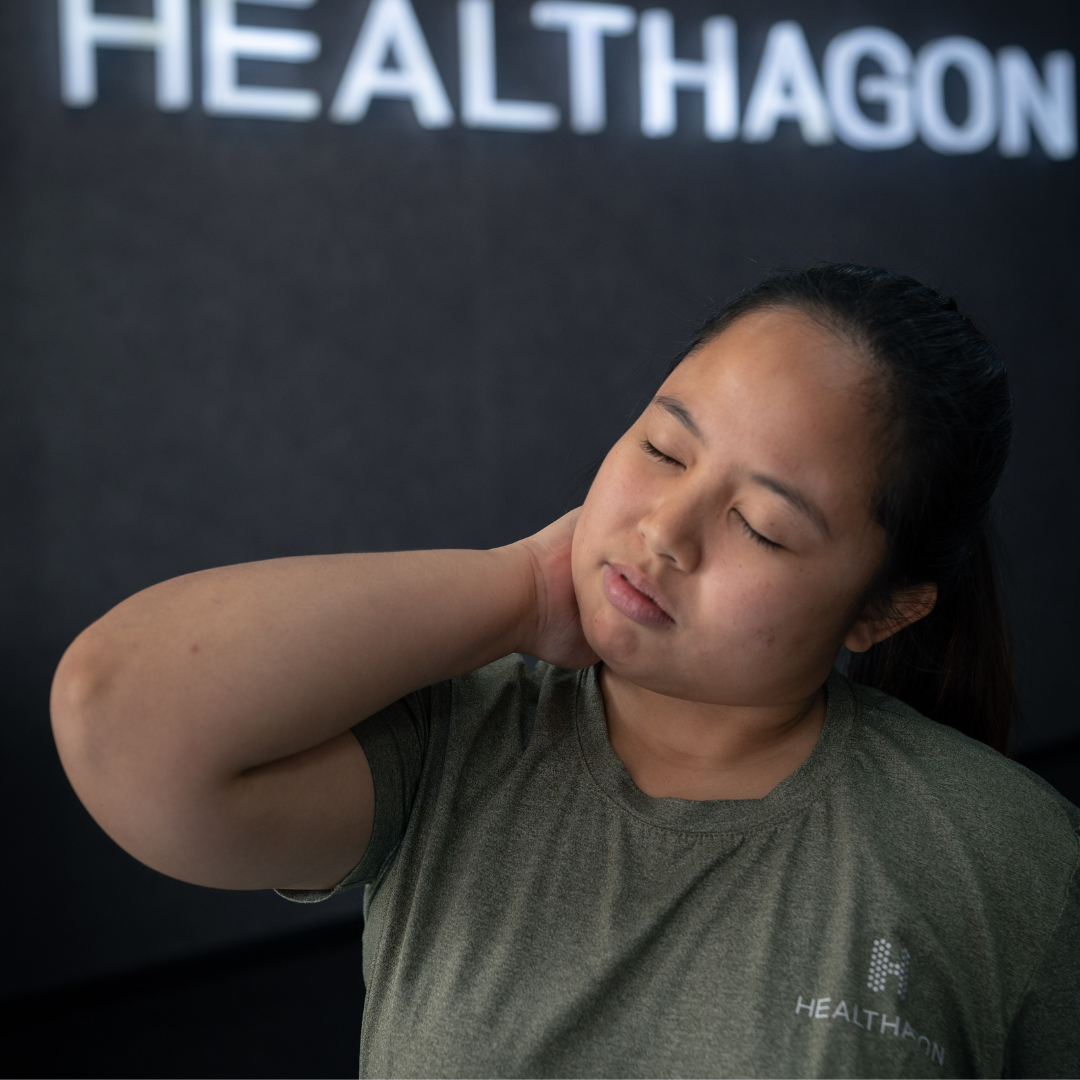Plantar Fasciitis: Understanding Heel Pain and How to Treat It
Have you ever felt a sharp pain in your heel when you take your first steps in the morning?
That’s one of the classic signs of Plantar Fasciitis, a common condition that affects millions of people worldwide.
What Is Plantar Fasciitis?
Think of your foot as a bridge—and the plantar fascia as the strong, supportive cable holding that bridge up.
When that fascia is stretched or strained too much, small tears can develop, leading to inflammation, stiffness, and heel pain.
Over time, this pain can make standing, walking, or exercising uncomfortable.
Why Is the Plantar Fascia Important?
The plantar fascia plays a key role in maintaining healthy foot mechanics. It:
- Supports the arch of the foot.
- Absorbs shock during walking, running, or standing.
- Helps the foot function smoothly during movement.
When it becomes inflamed, even simple daily activities can trigger pain.
Where Do You Feel the Pain?
Pain from plantar fasciitis is usually located:
- Under the heel (where the fascia attaches to the heel bone), or
- In the middle of the foot arch (along the band of tissue).
The pain is often most intense in the morning or after periods of rest, and can ease slightly after taking a few steps.
How Common Is Plantar Fasciitis?
Plantar fasciitis is one of the most common causes of heel pain.
Studies show that more than 2 million people in the U.S. are treated for it every year, and 1 in 10 people will experience it at least once in their lifetime.
It’s especially frequent among runners, active individuals, and people who spend long hours on their feet.
What Does Plantar Fasciitis Pain Feel Like?
Pain can vary depending on your activity level but is often described as:
- Dull or aching pain after standing or walking for long periods.
- Sharp or stabbing pain with the first steps after waking up.
- Discomfort that improves after short movement but returns with activity.
- Pain that worsens after prolonged standing or exercise.
Common Causes of Plantar Fasciitis
Plantar fasciitis usually develops due to repetitive stress or overuse of the foot.
Contributing factors include:
- Being on your feet for long hours.
- Running, jumping, or high-impact sports.
- Exercising or working on hard surfaces like concrete floors.
- Lack of stretching or proper warm-up.
- Wearing flat or unsupportive footwear such as flip-flops or thin sneakers.
- Walking barefoot on hard surfaces.
- Tight Achilles tendons, flat feet, or high arches.
- Excess body weight, which increases strain on the fascia.
How Is Plantar Fasciitis Diagnosed?
A physical examination by a healthcare professional is usually enough to diagnose plantar fasciitis.
In most cases, imaging tests such as X-rays or MRI scans are not necessary unless another condition is suspected.
Effective Treatment Options for Plantar Fasciitis
Early and consistent treatment helps reduce pain and prevent long-term complications.
Here are the most effective approaches:
1. Rest and Activity Modification
Avoid activities that trigger pain, such as long runs or standing for extended periods.
2. Ice Therapy
Apply ice to the affected heel for 5–7 minutes twice daily, ideally in the morning and after physical activity.
3. Supportive Footwear
Wear shoes with proper arch support and cushioning. Avoid flat shoes, sandals, and walking barefoot.
4. Orthotic Inserts
Use custom or prefabricated shoe inserts to provide additional support and reduce strain on the fascia.
5. Stretching and Strengthening
Gentle stretching of the plantar fascia, Achilles tendon, and calf muscles can improve flexibility and relieve tension.
6. Manual Therapy
Deep friction massage to the arch and foot taping can help align and support the foot during healing.
7. Therapeutic Modalities
Modern physiotherapy treatments such as:
- Low-Level Laser Therapy (LLLT) – helps reduce inflammation and promote healing.
- Extracorporeal Shockwave Therapy (ESWT) – stimulates tissue repair and relieves chronic pain.
8. Pain Relief
Over-the-counter anti-inflammatory medications such as ibuprofen or naproxen can reduce discomfort.
(Always consult a healthcare provider before long-term use.)
How Long Does Recovery Take?
Most people notice improvement within a few weeks, though full recovery can take several months depending on the severity.
Staying consistent with exercises, wearing supportive shoes, and following your treatment plan are essential for a full recovery.
When to Seek Medical Advice
If heel pain lasts longer than two weeks or affects your ability to walk comfortably, consult a healthcare professional.
Early assessment helps prevent chronic pain and speeds up recovery.
By: Dr. Aliaa Kamel













